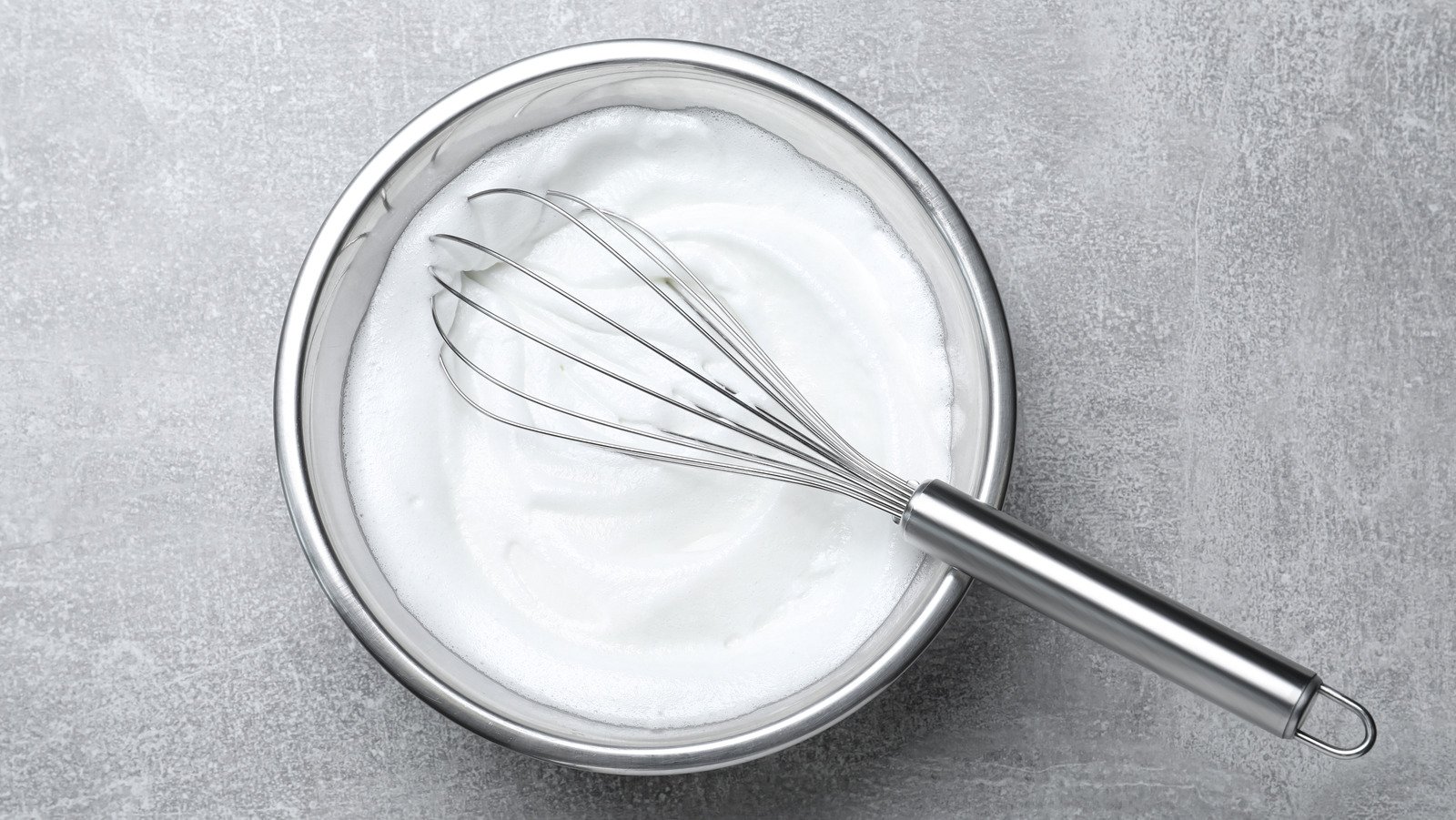The Key Difference Between a Balloon and French Whisk: Unleashing the Art of Culinary Magic
Have you ever found yourself lost in a vibrant culinary world, where every dish is a masterpiece in its own right? As passionate home cooks and professional chefs alike know, the secret to creating culinary magic lies not just in the ingredients but also in the tools we use. When it comes to whisking ingredients to perfection, the choice between a balloon whisk and a French whisk may seem trivial at first glance. However, understanding the key differences between these whisks can greatly enhance your cooking experience and elevate your dishes to new heights. So, let’s whisk ourselves into the delightful world of these culinary instruments and unravel their distinctions.
The Balloon Whisk: Embracing Whipping and Air Incorporation
The balloon whisk, also known as the traditional whisk, is a staple in every kitchen. Its design features a long handle attached to a rounded bulbous shape, resembling a balloon. This shape lends itself perfectly to performing specific tasks, particularly those that require incorporating air into delicate mixtures.
One of the classic applications of a balloon whisk is beating eggs. As you whisk with this tool, the rounded shape allows you to capture air and create a light, frothy texture. Whether you’re preparing scrambled eggs for breakfast or creating a fluffy meringue, the balloon whisk will effortlessly bring aeration and volume to your mixtures.
The French Whisk: Mastering Precision and Smoothness
The French whisk, on the other hand, showcases an elegant design with a slender, elongated shape. You might recognize this whisk by its narrow, looping wires that extend from the handle, forming a natural teardrop shape. This specialized design sets the French whisk apart, bestowing it with unique virtues for a distinct set of culinary tasks.
Where the balloon whisk shines in incorporating air, the French whisk excels in delicate emulsifications and precision blending. Its narrow profile allows it to reach corners and edges of bowls more effectively, ensuring thorough mixing even in tight spots. This makes it an excellent companion for tasks such as blending sauces, whisking dressings, or crafting smooth custards.
Size Matters: Balloon Whisk vs. French Whisk
While both the balloon whisk and French whisk possess their individual merits, they also come in a range of sizes to cater to various cooking needs. The size of a whisk can greatly impact its efficiency and performance, depending on the volume and nature of the ingredients being whisked.
For larger quantities and denser mixtures, a larger whisk, such as a seven or eight-wire balloon whisk, may be ideal. Its larger surface area and increased number of wires allow for quick and efficient mixing, ensuring even distribution of ingredients. On the other hand, a smaller French whisk with fewer wires may be better suited for intricate tasks or mixing small portions where precision is paramount.
Materials: The Whisk’s Backbone
Now that we’ve explored the fundamental differences in design and purpose, let’s dive into the materials that contribute to the overall performance of these culinary tools. Both balloon and French whisks are available in various materials, including stainless steel, silicone-coated wires, and even copper.
Stainless steel whisks are popular due to their durability, resistance to rust, and ease of cleaning. They provide excellent versatility and are well-adapted for most kitchen tasks. Silicone-coated whisks, on the other hand, offer additional benefits such as protection for non-stick surfaces and increased heat resistance. They are particularly useful for whisking ingredients in non-stick cookware.
Caring for Your Whisk: Principles for Longevity
Like any cherished tool, both the balloon whisk and French whisk require proper care and consideration to ensure they maintain their functionality and longevity. Cleaning them after each use by hand or in a dishwasher, depending on the materials, helps to remove any residue and maintain their overall cleanliness. Additionally, storing whisks properly, either by hanging or in a container, safeguards against bending or damaging the wires, preserving their delicate shape.
Choosing Your Whisk: A Culinary Adventure
Ultimately, the choice between a balloon whisk and a French whisk revolves around understanding your specific cooking needs and desired outcomes. Assess the tasks you commonly undertake in the kitchen and select the whisk that seamlessly fulfills those requirements.
However, don’t limit yourself to just one type of whisk; consider having both the balloon and French whisks in your culinary arsenal. This way, you can confidently navigate the vast landscape of culinary wonders, enhancing your cooking repertoire and embracing the art of whisking to perfection.
In Conclusion
The world of culinary tools is a playground for chefs and food enthusiasts alike, and the balloon whisk and French whisk hold an esteemed place within it. Understanding their unique attributes, such as aeration capability, precise mixing, size variations, and materials, empowers kitchen adventurers to unlock the full potential of their culinary creations. So, whether you’re whisking up a storm for a soufflé or delicately combining ingredients for a creamy sauce, the choice between a balloon whisk and a French whisk will no longer be a mere afterthought but an intentional step towards elevating your culinary artistry.
*Source www.foodrepublic.com




































